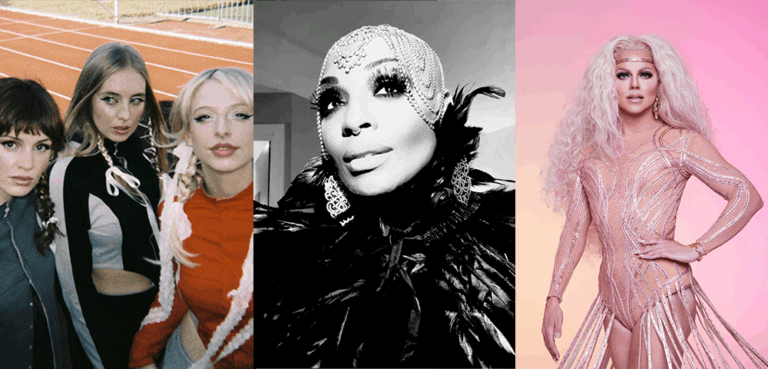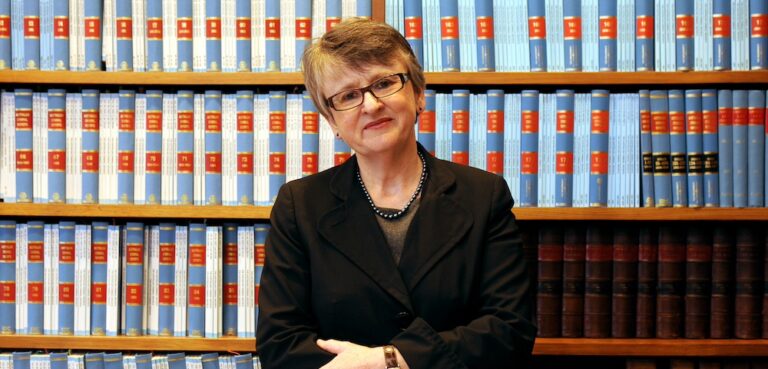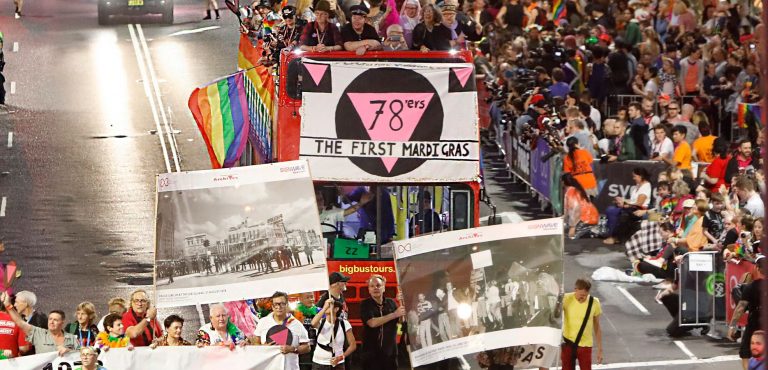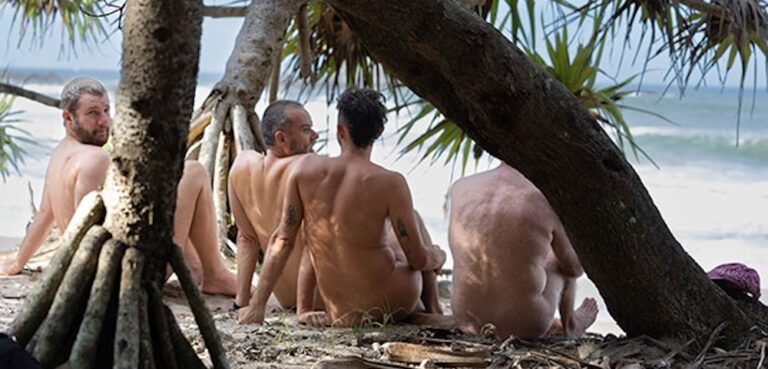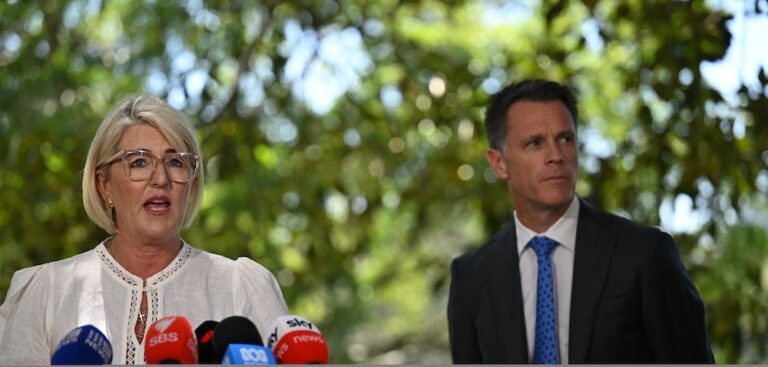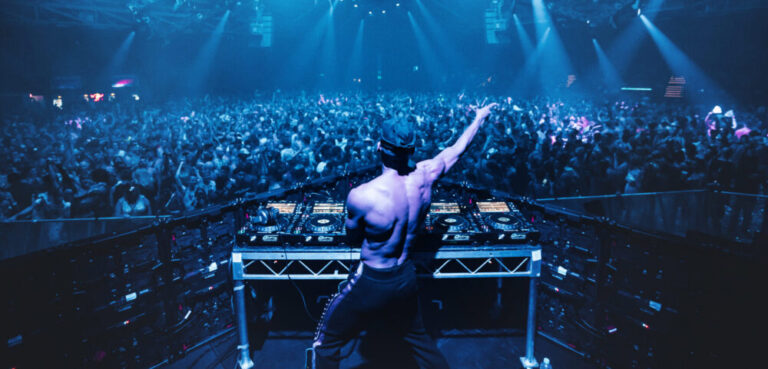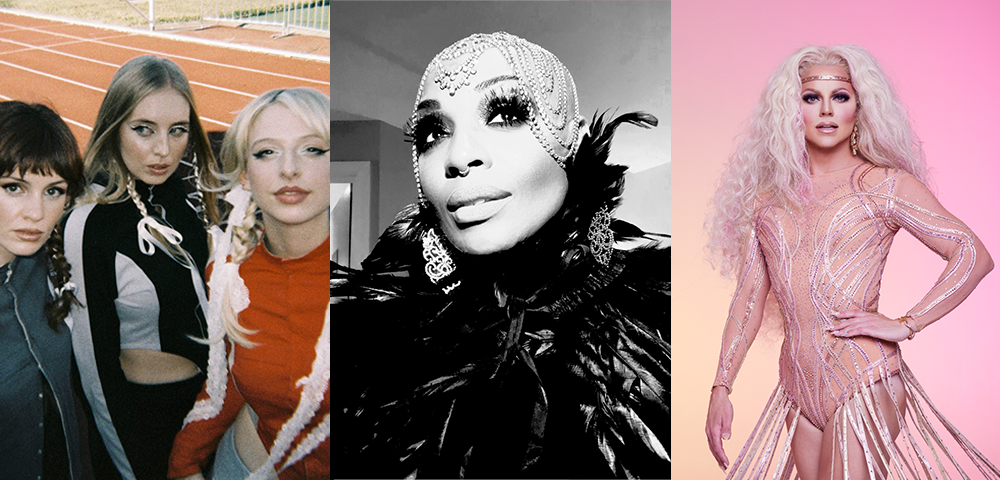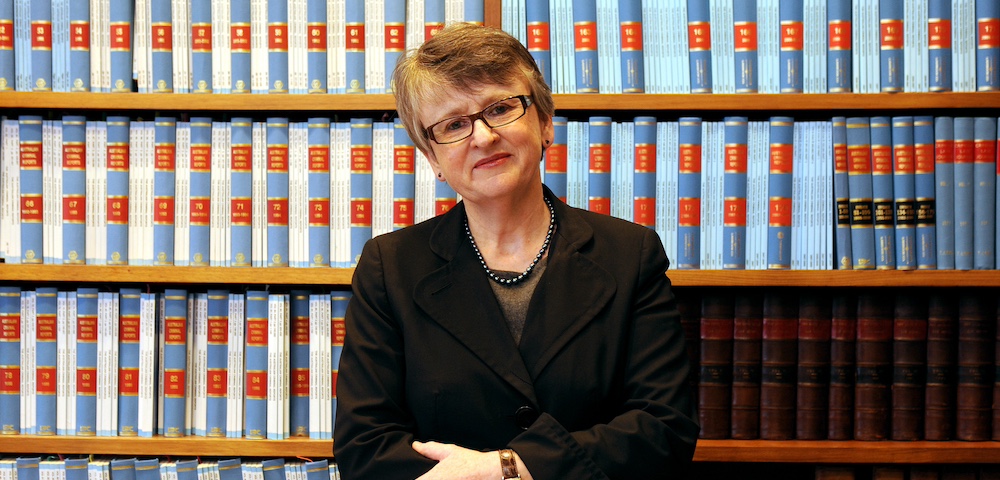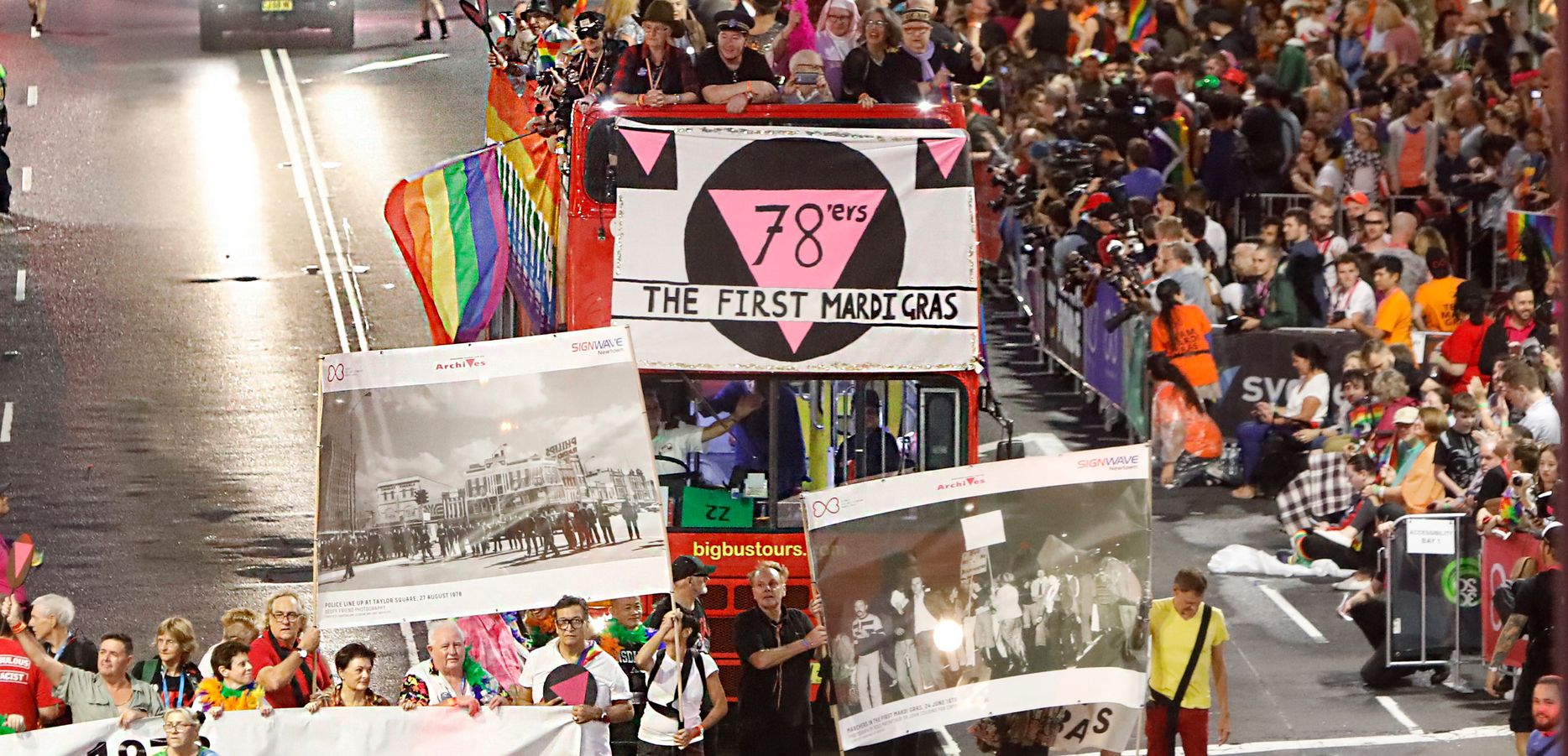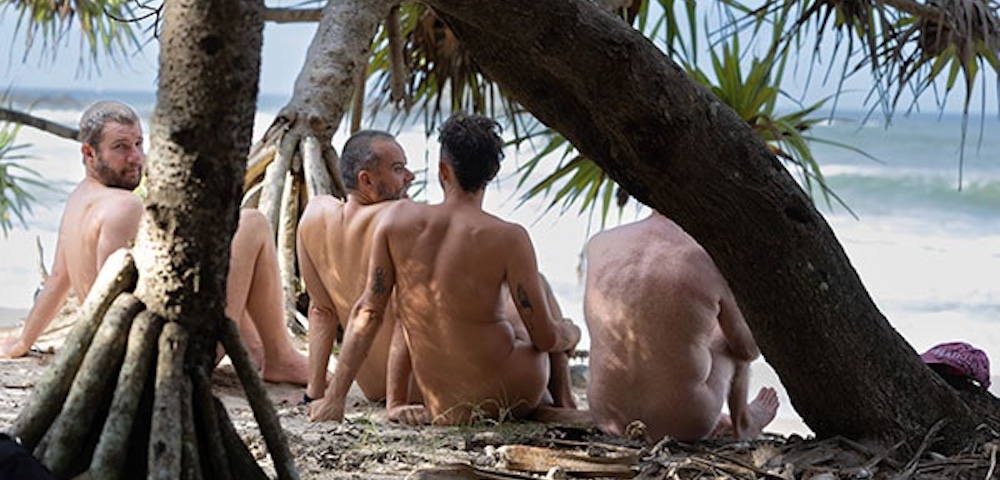
Northern star
I grew up in a very small farming community in South Australia. When I finished school I didn’t really know what I wanted to do. My mum was a hairdresser and owned a salon in Whyalla, and my sister was a hairdresser there so I moved up.
After a few years as a hairdresser, I went into an employment agency with a friend who had been retrenched. I was in a hyperactive mood and my friend said, Have a look at jobs for you.
The woman behind the counter gave me the phone number and address of a salon in Alice Springs and I sent an application. I got an interview in Alice Springs the following week.
Until then I’d never left South Australia. The salon wasn’t the sort of place that I wanted but I saw another hairdresser’s with part-time work. I thought no worries and I moved to Alice Springs. It was May 1995, and I was 20 and I ended up staying there about three years.
At the beginning of 1997 a man who had recently graduated as a police officer came into the salon. I told him I’d thought about joining the police in South Australia but had never got round to it.
I joined in 1998 and worked in Darwin until 2001. I’d heard of an indigenous community called Port Keats, also known as Wadeye. Everyone said that it was always really busy and was really rough, and that piqued my interest.
I got the opportunity to relieve there for two weeks. My partner at the time was a nurse and we’d discussed it and she said, We’ll give it a go. When we moved there in 2001, I was there on my own for the first week and I thought, What have I got myself into?
There are about 3,000 people in the community. It’s 400km from Darwin and the road is cut off for between four to six months of the year, so you can only fly in. You’re just isolated basically. Your food comes in every fortnight on the barge.
There are sometimes fights or riots and compared with anything I’d seen it was a little bit dirty. But I settled in and I got to know the community really well.
I did a lot of work with domestic violence -“ there hadn’t been a female officer out there for a while. The locals came to trust me and saw if they said something to me I would do something about it.
I saw that in their free time they didn’t have anything to do. That was when I decided to start softball up. I had been playing for many years, so I taught the local Aboriginal girls to play.
At the first training I organised, there were about 70 girls and 20 guys there, older women right down to little kids.
We entered in a northern Australian softball competition. We were told a couple of days beforehand that all the other indigenous teams had pulled out, and that if we played we had to play in the top grade.
The first game we got beaten 22-0 and, by the end of the day, we only lost 9-2. So they made a huge improvement in that one day.
We then played in other competitions and in a tournament in Daly River we lost the grand final by one run. It wasn’t just sport, it was captains having to show leadership skills and social skills and so on.
In Port Keats the locals used to ask nurses or the doctor if my partner and I were sisters. They’d say no, they’re girlfriends and the locals would laugh. They were curious but they were shy about it.
I think overall the Territory is pretty tolerant now. I don’t hear anti-gay comments as much as I did 10 years ago. There are a lot of gay women in the police force. And we started our Gay and Lesbian Liaison Officer program recently.
After two years in Port Keats, I went to Tennant Creek and worked as a detective, then moved back to Alice Springs.
On 6 January this year I flew to Egypt for a holiday. There were about 65 people in our tour group. The holiday was for police, their friends and family.
On about the third day of our trip most of us decided to go on a bus tour outside Cairo. We took two buses. Some friends and I were on the first bus the day before, but there wasn’t much leg room, so on the morning of the tour we got on the second bus.
We were very lucky that we did change buses, because on the way home at 10 o’clock that night the accident happened. The first bus ran off the road and when it hit the sand it spun around and then rolled.
My friends and I ran down to help. The bus was lying on its side and I saw a hand sticking out from under the side of the bus.
I started digging and there was a woman who was trapped but still alive. I realised I’d had breakfast with that woman and her husband that morning. It was a strange feeling to now be digging her out of the sand.
Then out of nowhere the roof of the bus collapsed and fell on me. I was trapped and the right side of my pelvis was smashed. I also fractured the left side and fractured two ribs.
Someone managed to drag me out and the woman I was trying to save was also rescued. My backside saved her head. If I wasn’t there she basically would have been killed by the falling roof.
After treatment in Egypt and the UK I was flown on a stretcher to Australia. My right hip was fixed with two plates and 12 screws. I am still recuperating and am building up my work hours progressively.
Six Australians were killed in the accident and 26 were injured. The husband of the woman I helped died in the accident, but she’s doing really well.
It was a really good feeling to know that my injuries were worth it, that these injuries were nothing compared to saving someone’s life. It’s an experience you can’t really explain.
Interview by Ian Gould
